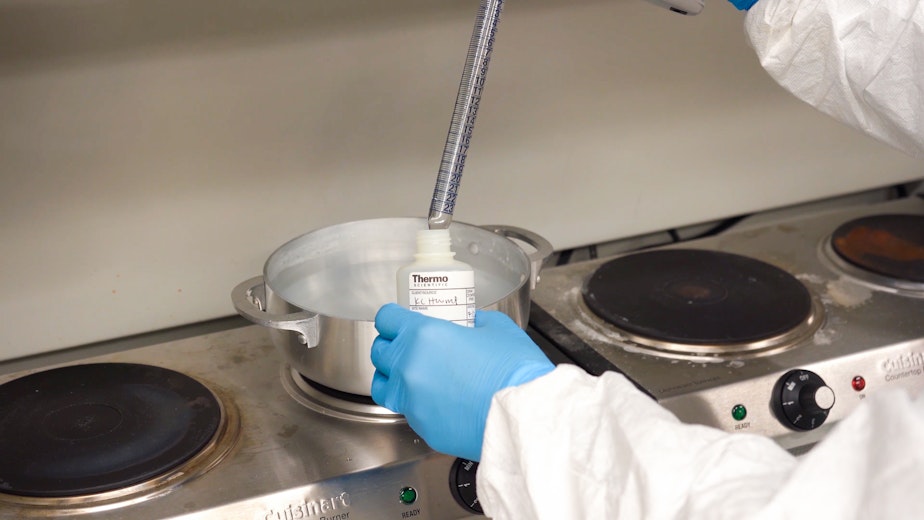That pot in your kitchen could be a source of lead exposure

A new King County study shows that aluminum cookware could be a source of lead exposure. Health officials noted elevated blood lead levels in King County’s Afghan refugee community, and worked with the families to track the source.
It turned out the pots and pans they’d brought with them contained high levels of lead. King County toxicologist Steve Whittaker, who conducted the tests, said it wasn’t just cookware from the old country, but a variety of imported aluminum cookpots that are sold in the U.S. through Amazon, Etsy or Alibaba.
“We found evidence that they are manufactured overseas from scrap metal,” Whittaker said. “The problem is that a lot of that aluminum is contaminated with things like lead solder and other harmful metals.”
The county has since helped 100 families swap out their aluminum cookware for stainless steel.
Amy Shumann, who manages the county’s lead and toxics program, said if parents are concerned about exposure in children, she recommends testing between 12 and 24 months.
“Routine blood lead testing should be happening with small children mostly because of the developmental stage that kids are crawling, putting everything in their mouths," Shumman said. "And it’s also a time of rapid brain development, so the impacts are just greater.”
She said symptoms of lead poisoning are not always noticeable.
The findings were published in this month’s Journal of Exposure Science and Environmental Epidemiology.




